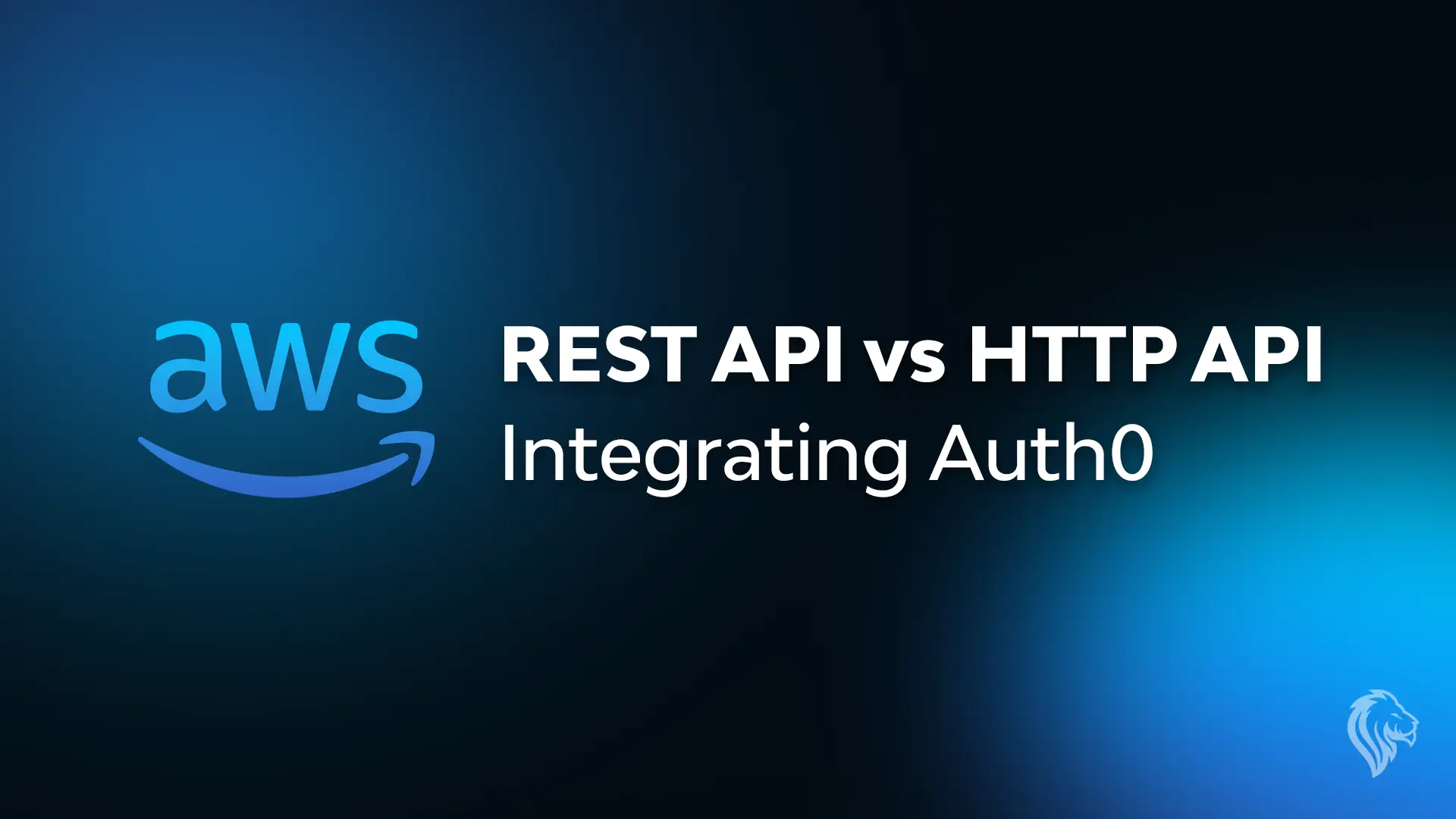Large Language Models (LLMs), one of the most popular acronyms of 2023, are incredibly advanced language wizards in the digital world. Just like magic, LLMs understand human language and can generate text that sounds like it was written by a person. These models are built using complex algorithms and trained on vast amounts of text data from the internet, books, articles, and more. They learn the rules, patterns, and nuances of language, allowing them to answer questions, write stories, translate languages, and even hold conversations.
Think of LLMs as super-smart assistants who can help us with all sorts of language-related tasks. For example, they can write essays, summarize articles, or even compose emails based on a brief description.
History and Evolution
The journey of Large Language Models (LLMs) is like the evolution of language itself, but in the digital realm. It all started with simpler language models, but as technology advanced, so did our ability to understand and manipulate language. The first breakthrough came with models like ELIZA, which could engage in basic conversation. Then came more sophisticated models like GPT (Generative Pre-trained Transformer), which revolutionized the field by demonstrating a remarkable understanding of context and meaning.
Over time, LLMs have become larger, more powerful, and more capable of handling a wide range of language tasks. Each iteration builds upon the successes and limitations of its predecessors, paving the way for increasingly advanced language technology. It’s like upgrading from a basic tool to a multifunctional Swiss army knife, where each new version adds more features and capabilities.
Nowadays, with these paving the road for others, the LLM business is booming with all sorts of new competition that will only result in gradual improvement, sophistication, and a broadened access to this technology.
Applications
As I said, Large Language Models are the Swiss army knives for language tasks, capable of performing a variety of functions with just a few clicks or commands. One of their primary applications is Natural Language Understanding (NLU), where they can comprehend and interpret human language. This is used in virtual assistants like Siri or Alexa, which can answer questions, set reminders, or provide information based on spoken commands.
LLMs are also adept at text generation, meaning they can create human-like text in various styles and formats. This ability is leveraged in content creation, where they can write articles, stories, or product descriptions based on given prompts. Additionally, LLMs excel in language translation, enabling platforms like Google Translate to convert text from one language to another with impressive accuracy. These applications demonstrate the versatility and utility of LLMs in enhancing human-computer interaction and streamlining language-related tasks, but this is just the beginning.
Benefits and Advantages
Large Language Models (LLMs) offer a plethora of benefits that make them invaluable tools in today’s digital landscape. One of the key advantages is their efficiency in handling large volumes of text data. Imagine having to read through thousands of pages of text to find specific information—it would take forever. With LLMs, this process becomes much faster and more streamlined. They can analyze and extract relevant information from massive datasets in a fraction of the time it would take a human.
Another advantage of LLMs is their flexibility in tackling various language tasks. Whether it’s answering questions, generating text, or translating languages, LLMs can adapt to different contexts and requirements with ease. This versatility makes them suitable for a wide range of applications across industries, from customer service chatbots to academic research assistants. Additionally, LLMs have the potential to automate mundane or repetitive language tasks, freeing up human resources for more creative and strategic endeavors. Overall, the benefits of LLMs lie in their ability to enhance productivity, efficiency, and innovation in the way we interact with language.
Just think about the world that opens up now that computers can understand what we mean.
Steps to create an LLM
The steps to create this super complex, are roughly detailed below. There are definitely more steps and both the complexity and mechanisms involved in each are nothing short of black magic. Still, it helps to roughly get these steps as to help clear some of that black magic.
As a core concept, this is teaching a computer how to interpret language. It’s giving it a crash course into language by exposing it to an insane amount of data. Just like the 1999 blockbuster, “The Matrix”, we are feeding a brain (a metal one in this case) how to perform a task (understanding language, in this case).
Problem Definition and Planning
Before diving into model creation, it’s essential to clearly define the problem the LLM aims to solve and plan accordingly. Following The Matrix example, this is when Neo chooses to learn Kung Fu and a very strange floppy drive’s content is pushed into his brain. For LLMs, this means determining the specific language tasks the model will handle, such as text generation, language translation, question-answering, etc. Sadly, Kung Fu is off the table for now.
Data Collection
Knowing what to teach, the next step is gathering a vast amount of text data from various sources. This data serves as the foundation for training the LLM and should be diverse and representative of the language patterns and nuances the model will encounter in real-world scenarios. Data sources may include books, articles, websites, social media posts, and more in recent times, we’re even seeing other LLMs generating data to feed to new LLMs.
Cleanup & curation
Once the data is collected, it undergoes preprocessing to clean and standardize it for training. The quality of the LLM is directly related with the quality of the data we feed it. This is a crucial step.
This involves tasks such as removing irrelevant information, correcting spelling and grammatical errors, tokenization (breaking text into smaller units like words or characters) and formatting the data into a suitable structure for training the model.
Model Architecture Selection
Choosing the appropriate model architecture is crucial for the success of the LLM. Popular architectures like Transformers are often employed due to their effectiveness in capturing long-range dependencies in language data. The architecture selection also involves deciding on the size and complexity of the model based on the available computational resources and the desired performance.
As a reference, popular LLMs such as GPT 4 and Falcon boast Trillions of words and Billions of tokens to process.
Training
Training the LLM involves feeding the pre-processed data into the selected model architecture and optimizing its parameters to learn the patterns and relationships within the language data. This process typically utilizes powerful computational resources, such as GPUs or TPUs, to handle the vast amount of computations involved in training large-scale language models.
Another reference, it can take millions of GPU hours to train huge models.
Fine-Tuning
After the initial training phase, the LLM may undergo fine-tuning to further optimize its performance for specific language tasks or domains. This involves adjusting the model’s parameters and training it on domain-specific data or fine-tuning the existing parameters on task-specific data to improve performance. This means that we can further specify the performance of our models around a specific set of topics.
Final thoughts
The creation of Large Language Models represents a remarkable fusion of cutting-edge technology, linguistic understanding, computational power and, of course, magic. From problem definition to deployment, each stage of the process demands meticulous attention to detail, expertise, and resources. Despite the challenges, the potential benefits of LLMs in revolutionizing language-related tasks, enhancing human-computer interaction, and advancing natural language understanding are immense.
As we continue to refine and improve LLMs, it’s essential to prioritize ethical considerations, mitigate biases, and ensure responsible deployment to harness their full potential for positive impact in various domains. In the evolving landscape of artificial intelligence and language processing, LLMs stand as a testament to human ingenuity and innovation, offering a glimpse into the transformative power of technology in shaping the future of communication and interaction.
Related Articles

Launch Your First Secure SaaS API in 5 Days
Looking to launch a secure SaaS API quickly? Our 5-day API lifecycle fast-track helps star...
Read more
Cloud Cost Optimization: Quick Wins to Slash Unnecessary Spending
Discover quick wins for cloud cost optimization! Learn how to cut unnecessary spending, ri...
Read more
AWS – REST API vs HTTP API – Integrating Auth0
Explore the differences between REST API and HTTP API in AWS and how built-in JWT authenti...
Read more
Reflecting on 2024: A Year of Growth, Innovation, and Milestones
Reflect on 2024 with Cyrex Enterprise! Discover our achievements in software development, ...
Read more


